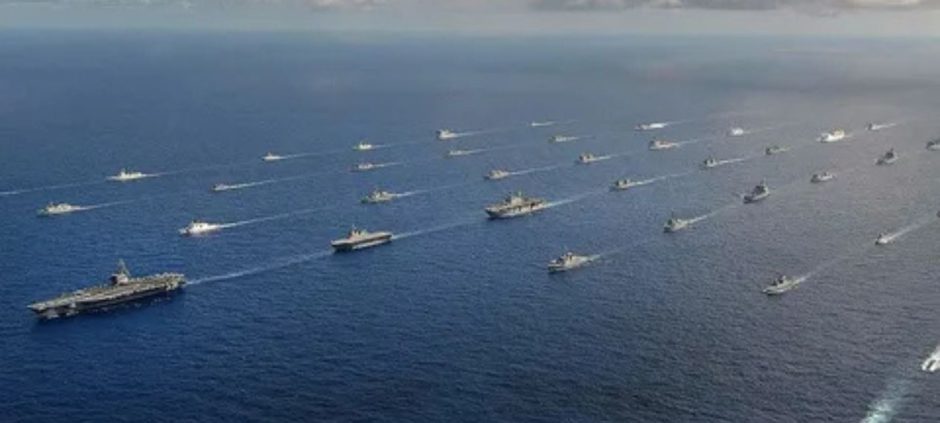The US Navy drone fleet is becoming a central focus in Washington’s strategy to counter Beijing’s expanding influence in the Indo-Pacific. Officials and defense experts say unmanned systems will play a decisive role in the coming years as the United States looks for cost-effective ways to maintain dominance at sea.
The Pentagon has been investing heavily in unmanned surface and underwater vehicles. These drones are designed to patrol vast maritime zones, conduct surveillance, and, if needed, launch precision strikes. Supporters of the initiative argue that the US Navy drone fleet could act as a force multiplier, extending the reach of naval operations without putting human lives at risk.
US Navy Drone Fleet as a Strategic Shift
Military analysts view the growing reliance on drones as part of a broader shift in U.S. defense policy. The Indo-Pacific has become the focal point of competition, with China’s rapid naval buildup seen as a direct challenge to American influence. By expanding its drone fleet, the U.S. Navy aims to deter aggression and reassure allies in the region.
China, on the other hand, has also been testing advanced unmanned systems to strengthen its maritime position. This has sparked a new technological race where artificial intelligence, cyber defense, and drone warfare are reshaping military strategies. The U.S. Navy believes its early and large-scale adoption of drone technology will give it the upper hand in this emerging domain.
The debate over resource allocation, however, remains intense. Critics question whether heavy reliance on unmanned systems can fully replace traditional ships and submarines. Others argue that drones are more vulnerable to cyberattacks and signal disruptions. Despite these concerns, Pentagon leaders maintain that unmanned systems are the future of naval warfare.
The rising military competition has also overlapped with economic and diplomatic tensions between the two powers. Trade negotiations and tariff disputes continue to dominate headlines. Recent discussions on tariffs have once again highlighted the fragile balance between rivalry and cooperation. Analysts point out that while US-China tariff talks spark hopes of a truce extension, the military dimension of their rivalry shows little sign of easing.
The expansion of the US Navy drone fleet underscores how seriously Washington views the challenge posed by Beijing. Officials stress that maintaining open sea lanes, ensuring regional stability, and countering military assertiveness are all reasons behind the push for unmanned systems.
As the U.S. accelerates its programs and partnerships, the future of maritime security in the Indo-Pacific may depend less on traditional battleships and more on the silent, persistent presence of drones. For many observers, this shift signals not only a new chapter in naval warfare but also a deeper and more enduring competition between the world’s two largest powers.











